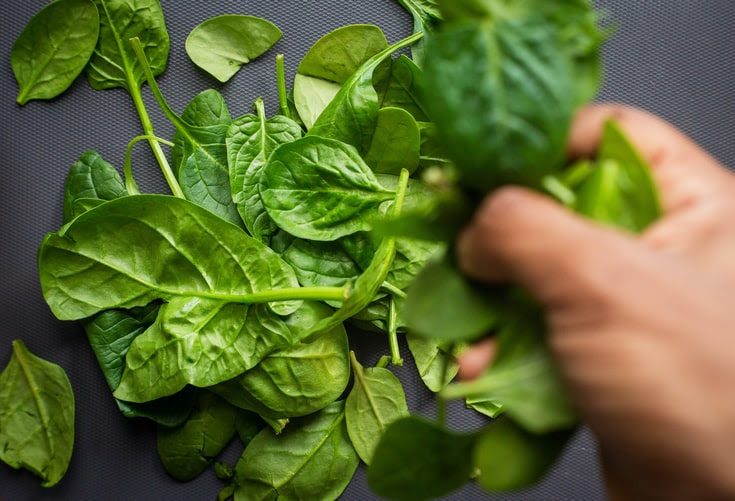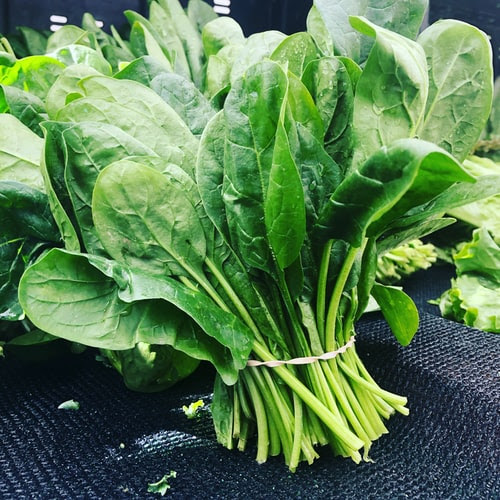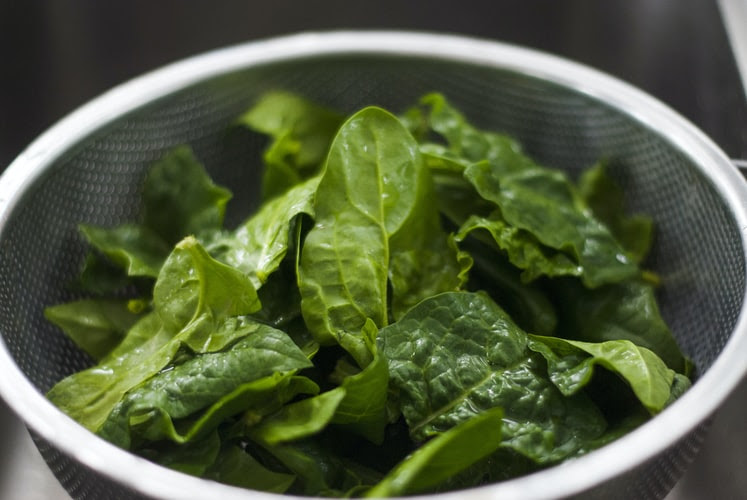Growing your own food is one step to sustainable living. It’s the best way to indulge in food without any carbon footprint. Given the fact that every day, all industries, sectors, and humans are contributing to the pollution. The only ones who aren’t are those who are living peacefully within nature. As for urban dwellers, growing your own food is one way you can do it.
Spinach Growing Tips
- It is ideal to plant the spinach during spring or fall or cool weather.
- When cultivating, it is best to plant spinach 12 inches apart.
- Make sure that the soil is fertile, well-drained, and has a pH balance of 6.5 to 7.0.
- During the growing season, your soil needs to contain aged compost rich in organic matter.
- Always keep the moisture level of the soil consistent.
- If you want your spinach to rapidly sprout leaves, feed them with water-soluble food.
- When you harvest spinach, start from the outermost leaves.
Spinach Soil Guide

The ideal balance of soil for spinach is rich in organic matter with excellent drainage quality. The pH level of the soil must be between 6.5 to 7. An aged compost is the most ideal fertiliser for spinach. Add this mixture at 6 inches above the natural soil in your garden.
Spinach Planting Guide
The best time for spinach to thrive twice a year is to plant it four to six weeks before the cold season ends. And cultivate again six to eight weeks before the cold season begins. You need to space the plant 12 inches away from each other so they can grow and produce leaves better.
Spinach Care Tips
If you want tender spinach, fertilise them regularly. They will grow fast and lush. Water-soluble plant food is an ideal option that feeds the soil and enhances growth. During spring is when spinach flourish. It’s the season of bolting. The best temperature for spinach is 35 to 75 degrees. It will promote slow bolting; hence ideal for growers who don’t have the patience for the long stretch of mild weather. During winter, some gardeners cover their spinach with hay to keep a good temperature.

Spinach is prone to flea beetles, spider mites, and aphids. Also, mildew is another issue when growing spinach, especially during cold weather. White rust also occurs causing the leaves to have white spots.
Spinach Harvest and Storage Guide
When your spinach leaves are big enough, that’s a sure sign that you need to harvest them and that they are big enough to eat. When harvesting, start by removing the outer leaves. The ones that are already big enough to eat. Then, leave the centre leaves and wait for them to grow larger. This strategy promotes more leaves production. Moreover, when you pick the large leaves as they appear, you will be able to delay bolting. During spring, before your spinach starts to bolt, you need to pull the whole plant and eat the leaves while they’re fresh.

Spinach is packed with nutrients beneficial to the body. Planting your own spinach can be quite hard work, but the rewards of consuming fresh vegetables you grew yourself are rewarding.
